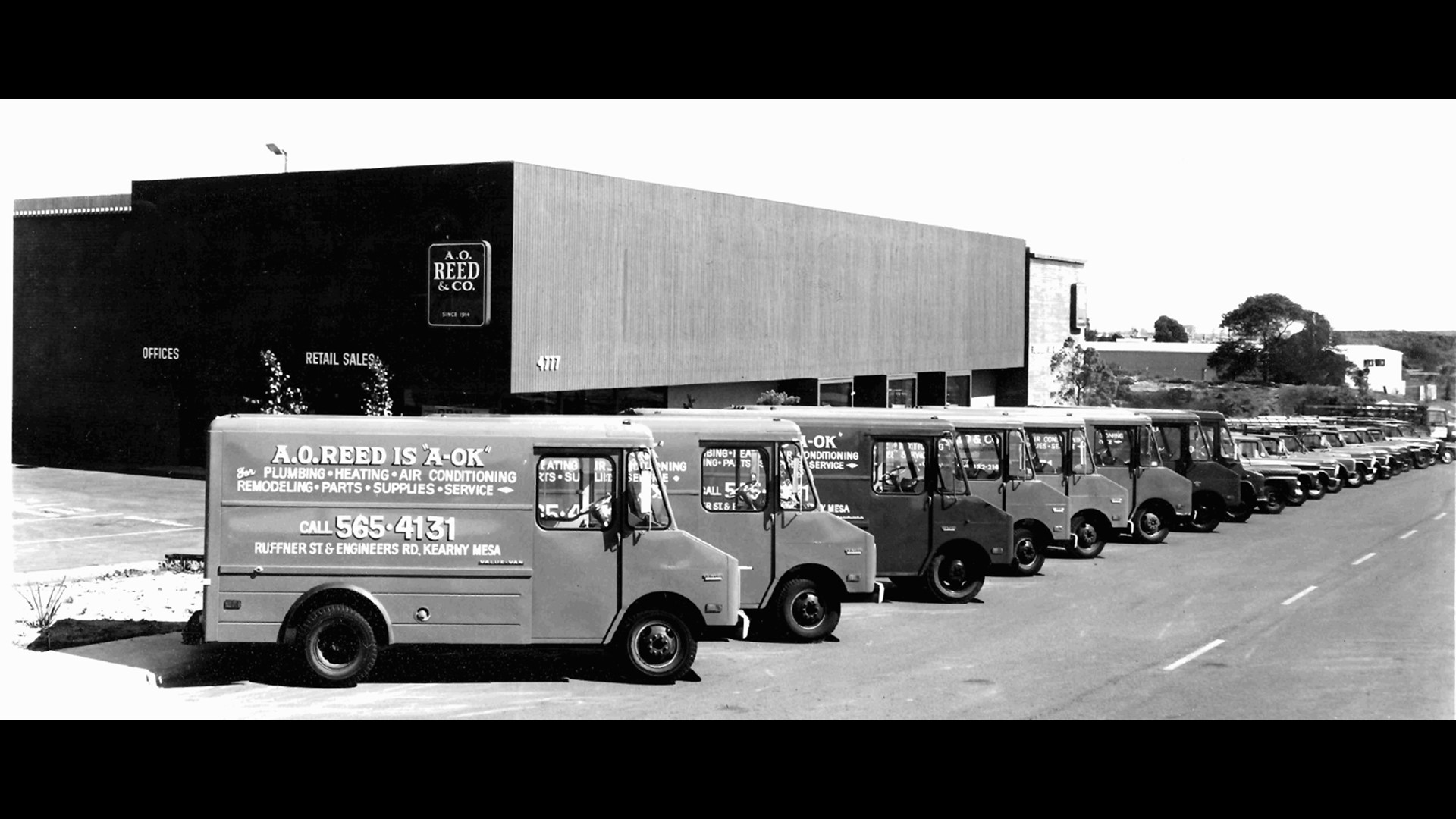SAN DIEGO (CNS) - A much-debated update to San Diego's zoning regulations in the Barrio Logan neighborhood was approved by the City Council in its second reading Tuesday.
The Barrio Logan Community Plan update passed on the same 5-4 party-line vote as it did originally, on Sept. 17. Supporters call it a balanced approach resulting from hours of negotiations and public meetings.
Opponents, primarily shipyard officials, said new restrictions will eventually force their suppliers out of the area, which will raise costs and make it difficult to conduct business in San Diego. They've started a signature drive aimed at getting the City Council to reconsider last month's vote.
Second readings are usually a formality in which items are given final approval without much debate. However, representatives of both sides showed up to give their points of view to the council members.
William Hall, the chairman of the Port Tenants Association, said the plan was "a dangerous first step" toward eliminating the shipyards and Navy presence in San Diego.
He said he was involved in the closure of bases in Long Beach, Los Angeles, Oakland and San Francisco during a 30-year Navy career.
"I'll tell you that those events started very much like this one, with lots of community support, with lots of political support and eventually, the loss of the suppliers, the shipyards, the repair facilities in each of those locations," Hall said.
"It was also said in conjunction with each of those that the Navy wouldn't go away," Hall said. "Well, you will know today, the Navy did go away, from each of those locations."
Sarah Strang, of General Dynamics NASSCO, which operates a shipyard in the area, said a coalition of maritime interests has collected 25,000 signatures on a referendum to get the City Council to rescind the zoning update or put the issue on the ballot. She said they will easily qualify by the Nov. 1 deadline.
At issue is a strip of city blocks running along Newton Avenue and Main Street, between South Evans and 28th streets, which is designed to be a buffer zone between housing and industrial land uses, which are often intermingled in economically disadvantaged neighborhoods.
The tentatively approved version of the plan calls for "community and neighborhood commercial uses" in the buffer area but no houses. Maritime interests could be included if coastal development and conditional use permits are obtained, but they can be expensive and difficult to get.
Another proposed scenario would have allowed "heavy commercial" and "maritime-oriented commercial" uses without the conditional use permit requirement.
Diane Takvorian, the executive director of the Environmental Health Coalition, said the plan that passed was subjected to 50 community meetings over more than five years and deserved final passage.
She accused the shipyards of "deceptive rhetoric and intimidation."
"Their goal is to silence the community and invalidate your vote," Takvorian said. Their arguments amount to a "big lie," she said.
Councilman David Alvarez, the mayoral candidate who guided the zoning changes through the City Council last month, said the plan "very clearly defends the community, defends the neighborhood, defends the people who live there."
The regulations also will ensure that the industry in the area will continue to exist and grow.
One of Alvarez's chief mayoral opponents, Councilman Kevin Faulconer, said it was important to protect the middle-class jobs provided by the shipyards.
Lost amid the squabble is a provision that designated Chicano Park as a regional park. That would give the facility under the San Diego-Coronado Bay Bridge some priority in funding for capital projects.
Other regional parks in the city are Balboa Park, Chollas Lake, Mission Trails, the Otay River Valley, Presidio Park and the San Diego River. Mission Bay Park is handled separately.
Chicano Park was created in 1970 after nearly two weeks of demonstrations by neighborhood activists, who protested plans by the state to build a California Highway Patrol station on the land.


